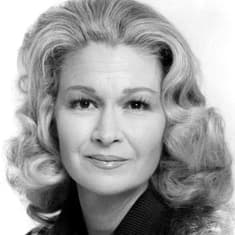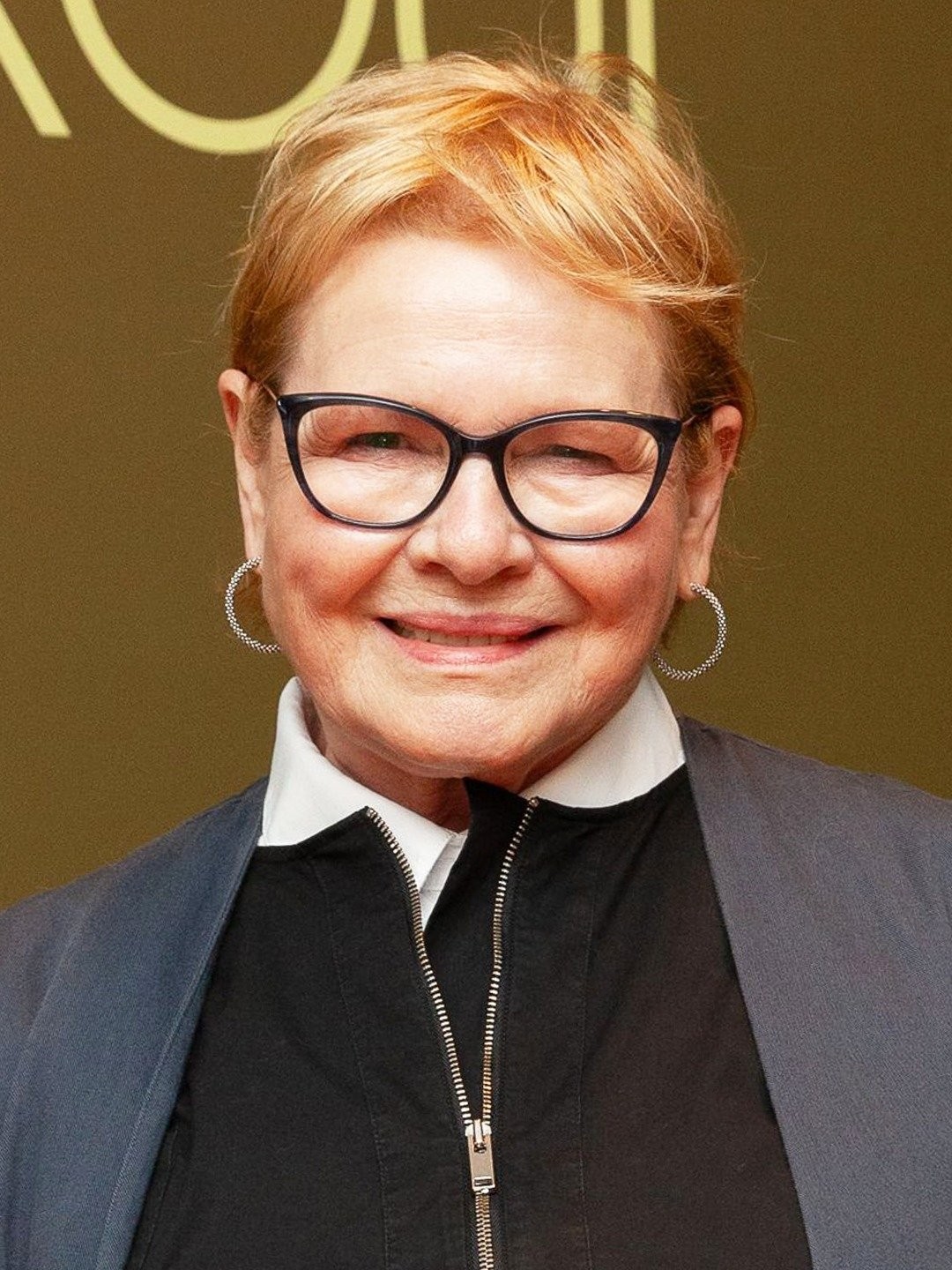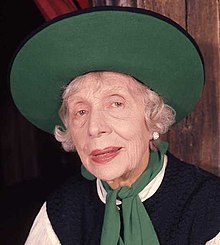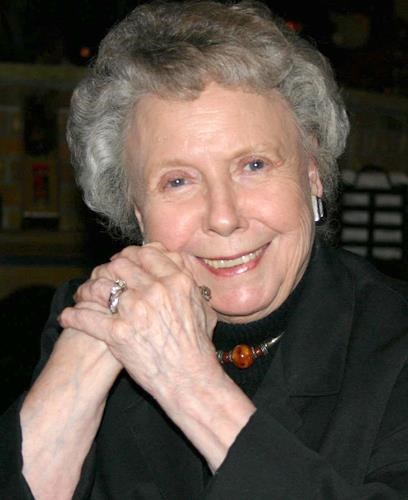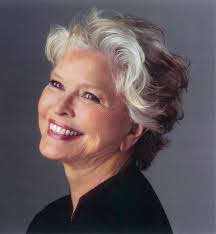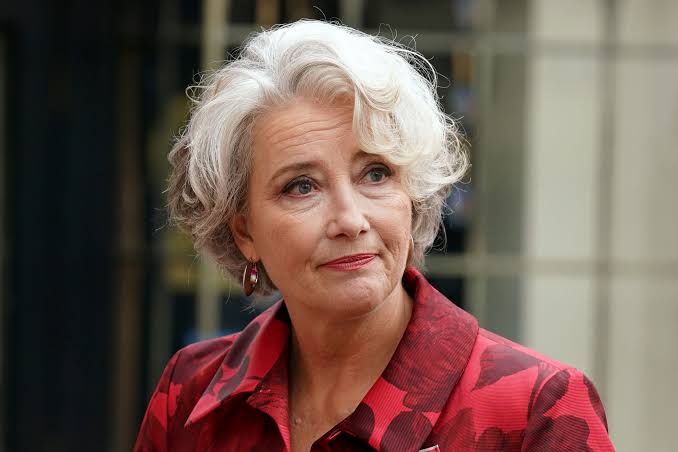Greta Garbo was a Swedish-American actress who was born Greta Lovisa Gustafsson on September 18, 1905, and died on April 15, 1990. Viewed as one of the best screen entertainers ever, she was known for her melancholic, grave persona, her film depictions of terrible characters, and her unpretentious and downplayed exhibitions. In 1999, the American Film Foundation positioned Garbo fifth on its rundown of the best female stars of exemplary Hollywood film.

Academy award best actress
Garbo was up for three Academy Award nominations for Best Actress. In 1930, a performer could be nominated for more than one film for their work. Her roles in Anna Christie and Romance earned Garbo her nomination. She was defeated by Norma Shearer, the wife of Irving Thalberg, who won for The Divorcee. Garbo was up for Camille in 1937, but Luise Rainer won with The Good Earth. At long last, in 1939, Garbo was designated for Ninotchka, yet again left with nothing. The major awards went to Gone With the Wind, including Best Actress, which went to Vivien Leigh. She received an Academy Honorary Award in 1954, however, “for her luminous and unforgettable screen performances”. The statuette was sent to Garbo’s home address after she failed to attend the ceremony, as was to be expected.
The New York film critics circle award
The New York Film Critics Circle Award for Best Actress was presented to Garbo twice: for Camille in 1936, and for Anna Karenina in 1935. She won the Public Leading Group of Survey Best Acting Honor for Camille in 1936; for Ninotchka in 1939 and in 1941 for Two-Faced Woman. The Swedish imperial decoration Litteris et Artibus, which is granted to individuals who have made significant commitments to culture (particularly music, sensational craftsmanship, or writing) was introduced to Garbo in January 1937. In a 1950 Everyday Assortment assessment of public sentiment, Garbo cast a ballot for “Best Entertainer of the Half Century”, In 1957, she was granted The George Eastman Grant, given by George Eastman House for recognized commitment to the speciality of film. In the Swedish film The Saga of Gösta Berling, which came out in 1924, Garbo made her acting debut in a supporting role. Her exhibition grabbed the eye of Louis B. Mayer, CEO of Metro-Goldwyn-Mayer (MGM), who got her to Hollywood in 1925. Her first American silent film, Torrent (1926), sparked interest. Her performance in her third film, Flesh and the Devil (1927), made Garbo a worldwide star. Garbo became MGM’s highest-grossing box office star when she appeared in A Woman of Affairs in 1928, surpassing Lillian Gish, who had been in the role for a long time. The Mysterious Lady (1928), The Single Standard (1929), and The Kiss are other well-known silent Garbo films.
Garbo talks
The tagline “Garbo talks” was used by MGM marketers to entice the general public with Garbo’s first sound film, Anna Christie (1930). She made her acting debut in Romance the same year, and for her roles in both films, she received the first of three Academy Award nominations for Best Actress. By 1932 her prosperity permitted her to direct the provisions of her agreements and she turned out to be progressively specific about her jobs. She continued to appear in films like Anna Karenina (1935), Mata Hari (1931), Susan Lenox (Her Fall and Rise), Grand Hotel (1932), and Queen Christina (1933).
Numerous pundits and film students of history think of her execution as the bound prostitute Marguerite Gautier in Camille (1936) to be her best and the job acquired her a subsequent Foundation Grant designation. Nonetheless, Garbo’s profession before long declined and she became one of many stars marked film industry poison in 1938.
Third academy award
With Ninotchka (1939), a comedy film that brought her career back to life, she was nominated for a third Academy Award. She acted in 28 films before retiring from acting at the age of 35 following the failure of Two-Faced Woman (1941). “For her luminous and unforgettable screen performances,” the Academy Honorary Award that Garbo received in 1954 was a tribute to her. Subsequent to resigning, Garbo declined all valuable chances to get back to the screen, evaded exposure, and carried on with a confidential existence. She turned into a craftsmanship authority whose artistic creations included works by Pierre-
You may also find these articles helpful
How did Elizabeth Olsen become famous
Biography of Maha Vajiralongkorn


